painting over old drylock
revheck
17 years ago
Featured Answer
Comments (14)
jasper_60103
17 years agosusan6
17 years agoRelated Professionals
Flint General Contractors · Jeffersonville General Contractors · Manalapan General Contractors · Melville General Contractors · Peoria General Contractors · West Whittier-Los Nietos General Contractors · Beacon Flooring Contractors · Brandon Flooring Contractors · Carlsbad Flooring Contractors · Harrisburg Flooring Contractors · Homestead Flooring Contractors · Limerick Flooring Contractors · Little Rock Flooring Contractors · Raleigh Flooring Contractors · Santa Cruz Flooring Contractorssusielw
17 years agobrickeyee
17 years agoLoretta NJ Z6
17 years agobrickeyee
17 years agosweet11395
16 years agostressed1
16 years agoRuthiejewell_hotmail_com
12 years agoPstendardo_netscape_net
12 years agoMrbillnsonpainting_live_com
12 years agotravelmonkey
7 years agoGeorge Kenderdine
7 years ago
Related Stories

HOUZZ TOURSMy Houzz: Creative Renters Triumph Over the ‘No Paint’ Rule
Not allowed to paint and limited with nails, a design-minded couple uses furnishings and textiles to make their rooms stand out
Full Story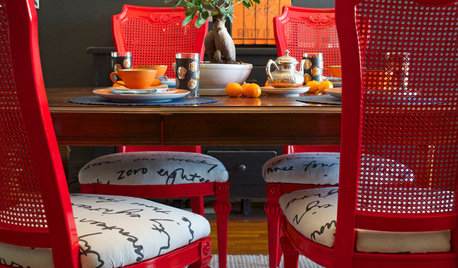
DIY PROJECTSDining Set Makeover: Paint and Tea-Tinted Fabric Make Old Chairs New
Reclaim dated dining chairs for far less than buying new, using spray paint, modern fabric and a handful of tea bags
Full Story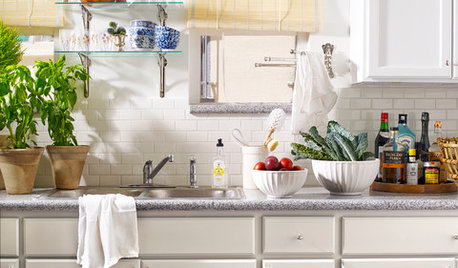
KITCHEN DESIGNKitchen of the Week: Making Over a Rental for About $1,500
Fresh paint, new hardware, added storage, rugs and unexpected touches breathe new life into a Los Angeles apartment’s kitchen
Full Story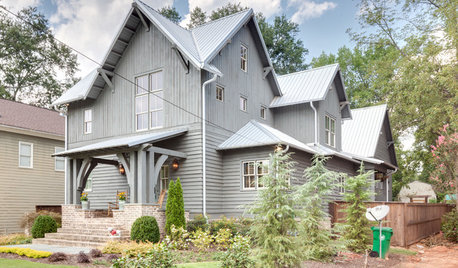
FARMHOUSESHouzz Tour: Some Old Tricks for a New Atlanta Farmhouse
A ‘pretend story’ helped this builder create a new farmhouse that feels like it was added onto over several generations
Full Story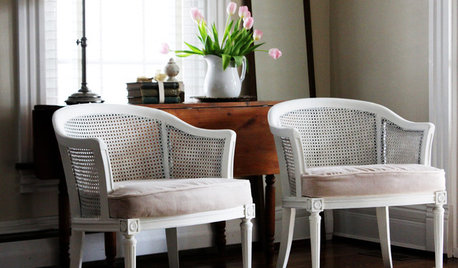
BUDGET DECORATINGBudget Decorator: 8 Ways to Make Old Furniture Look Brand New
Learn stripping, staining, painting and reupholstering basics to make bargain-basement furniture worthy of center stage at home
Full Story
HOUZZ TOURSHouzz Tour: Modern Personality in an Old Atlanta Neighborhood
Artfully painted exteriors, soaring ceilings and stacked volumes make this home a decidedly different newcomer to the neighborhood
Full Story
BASEMENTSRoom of the Day: Swank Basement Redo for a 100-Year-Old Row House
A downtown Knoxville basement goes from low-ceilinged cave to welcoming guest retreat
Full Story
BEFORE AND AFTERSA Made-Over Living Room Preens Like a Peacock
Spirited accessories and his-and-her furnishings feather a family’s nest splendidly
Full Story
HOUZZ TOURSHouzz Tour: Mixing It Up in a Century-Old Edwardian
Different eras, patterns and textures mingle beautifully in a Canadian interior designer's home and 'design lab'
Full StorySponsored
Franklin County's Custom Kitchen & Bath Designs for Everyday Living
More Discussions






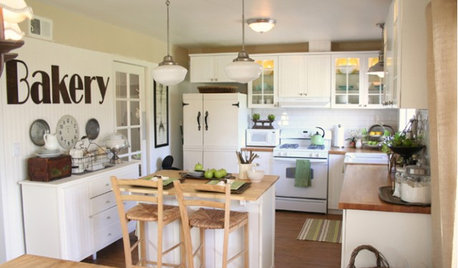
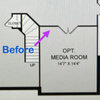

cmhdave